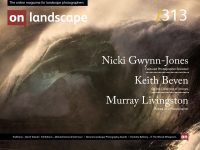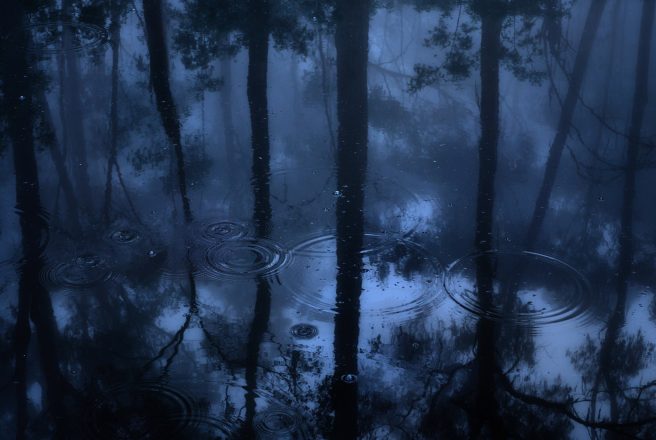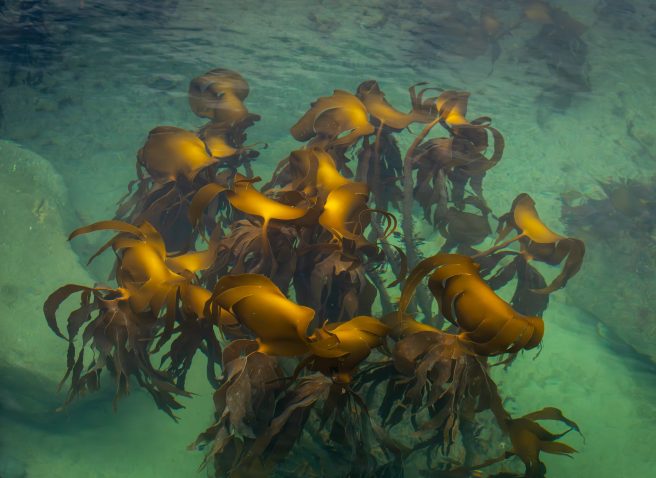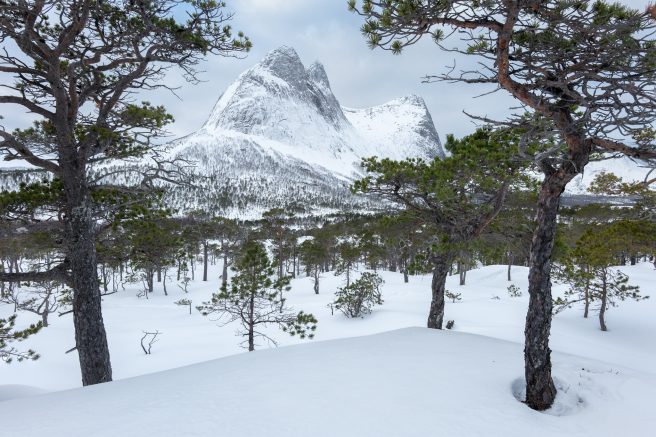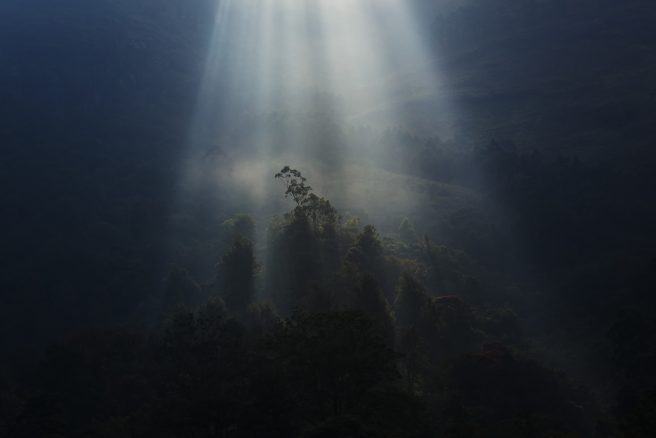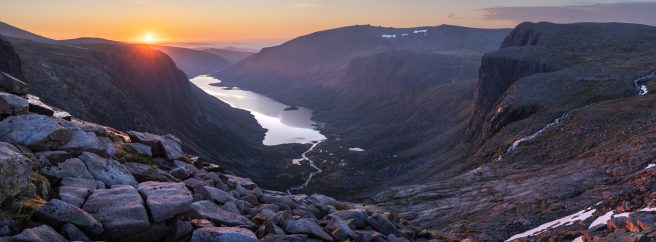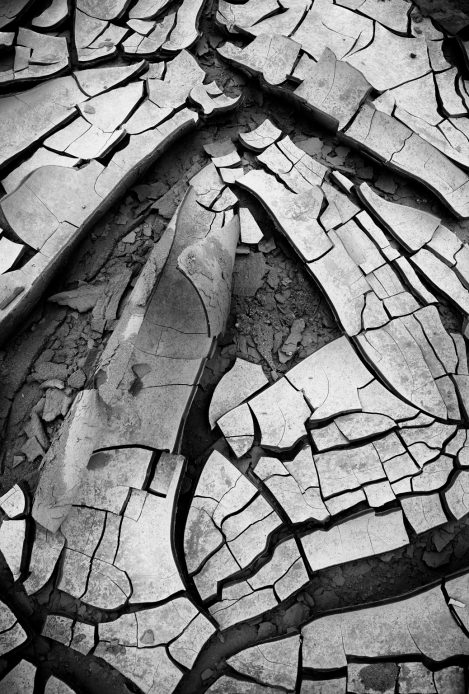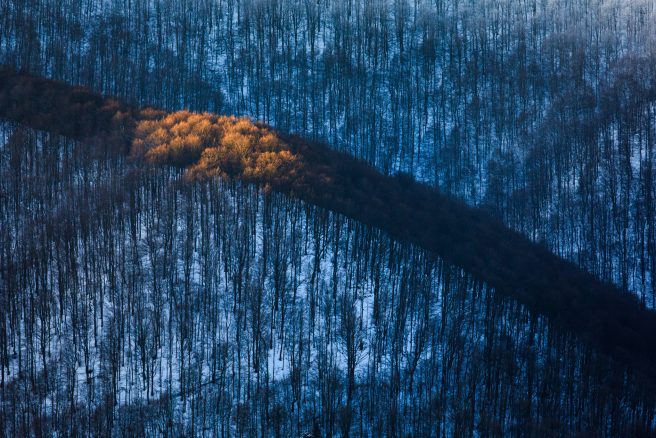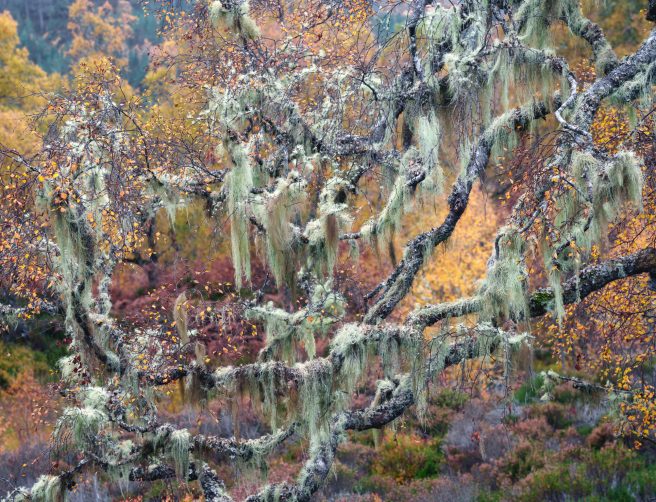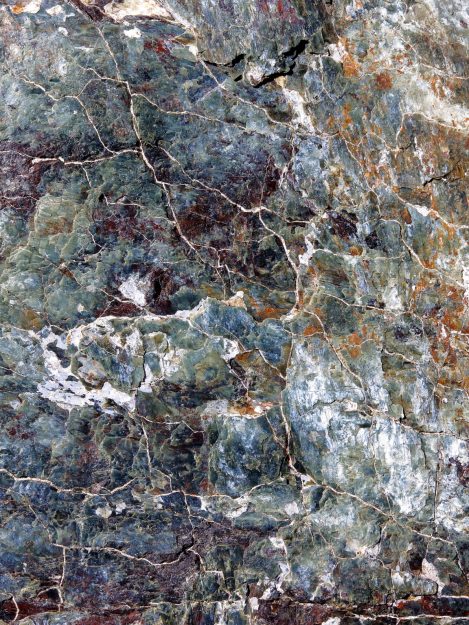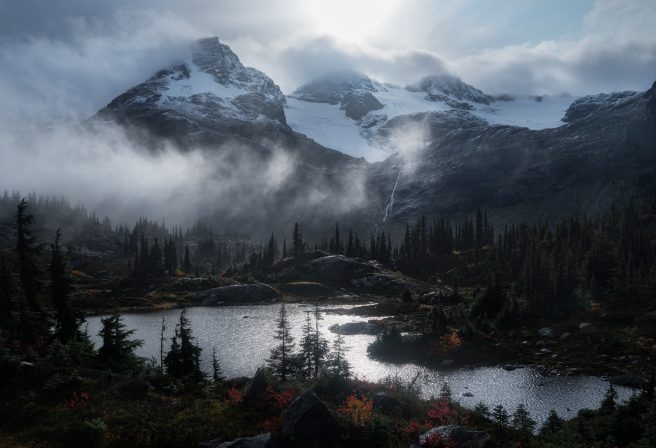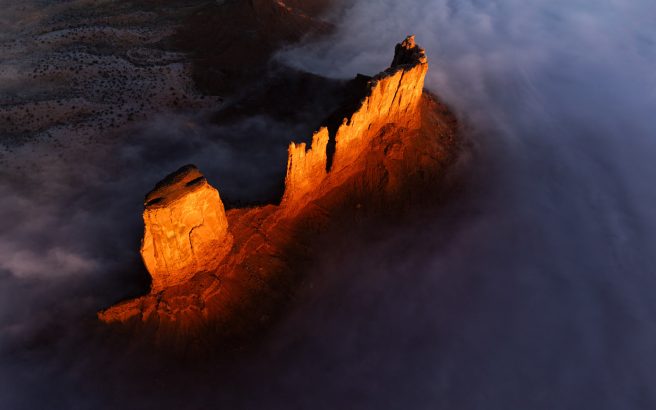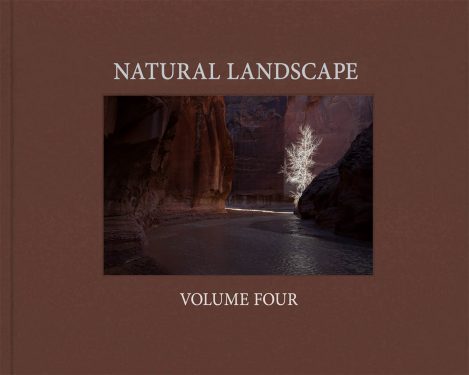The Fourth Year

Tim Parkin
Tim Parkin is a British landscape photographer, writer, and editor best known as the co-founder of On Landscape magazine, where he explores the art and practice of photographing the natural world. His work is thoughtful and carefully crafted, often focusing on subtle details and quiet moments in the landscape rather than dramatic vistas. Alongside his photography and writing, he co-founded the Natural Landscape Photography Awards, serves as a judge for other international competitions. Through all these projects, Parkin has become a respected and influential voice in contemporary landscape photography.
Another year of the Natural Landscape Photography Awards has passed and our final judging was just over a couple of weeks ago. Our fourth year ran very surprisingly smoothly with over 12,000 entries and I’m now finishing off the book to go to print at the start of November.
The results are fabulous, as ever. If anything, the quality has been going up or at least the entered images are showing a diversity and creativity that we didn’t see as much of in the first year. We had some especially strong images in the Intimate Landscape category.
I thought our readers would like to see a few of the winning images (the ones I particularly liked) and also some of the images that didn’t make the awards page but have been chosen to be printed in our book.
Photograph of the Year - John Hardiman
Our winner by John Hardiman was a really interesting photograph. Something that grew on our judges as they looked at it repeatedly over the nearly three months of judging. In the end, it was easily our panel’s favourite for “Photograph of the Year”.
John has contributed a short essay for our book which I’ve included at the end of this for you.
Living on the Edge Project - David Southern
I’d like to include the winner of the Project of the Year as well, as it embodies the idea of a project so well.
David Southern’s work on the North East coast of England has resulted in some fabulous photographs, including his sandstone abstracts which you can see in our Featured Photographer article about him.
This time he moved his attention to the seaweeds that live on that same coast. Over three years of photography, the work was distilled into eight wonderful and varied images which you can see below. If you want to read more about them, you’ll have to wait for the NLPA book which will hopefully be finished around Christmas.
"The aim of this project was to showcase the rich beauty of the seaweeds that thrive on my local shoreline. Seaweeds make for an attractive photographic subject. They have rich diverse colours, rhythmic shapes and are naturally arranged to artistic affect by waves, currents and wind.
I set out to concentrate on only a few varieties photographed in a living state on both the upper and lower shore. All the images in the project were captured within a 25 mile stretch of Northumbrian coastline.
It is during the late spring and summer months when most species look at their best. It is also at this time of year that have the lowest ‘spring’ tides and when the kelp forests are fully exposed and the thongweed thrives.
Out at these furthest margins of the land surrounded by such elemental nature it is easy to forget that these important habitats are under threat. A changing climate is affecting the distribution of the kelp forests and marine pollution is evident in even the most remote stretches of coastline. Marine forests provide a vital role in capturing carbon as well as providing a nursery habitat for a myriad of marine creatures."
A Selection of Images from Vol 4 Book
Finally, here’s the promised selection of images that I found particularly engaging.
Mathias Libor
Northern Norway has no shortage of prominent mountains or pine trees, but to combine the two with such finesse requires great skill. The flat light allows us to see both elements unembellished, with the snow adding a sense of quiet. This places a greater emphasis on the composition, which has been expertly crafted. The slightly elevated position shows the pines diminishing into the distance, creating an important sense of perspective. The twisted foreground trees frame the mountain without competing with it and every brand and twig seems to be in exactly the right place.
Puneet Verma
I think it's fair to say that we all like the occasional god ray but these images are particularly heavenly. Puneet's photograph's rays could well be extra-terrestrial they're that out of this world. The image works so well because of the perfect central trees, their cast shadows and the stunning receding valley hinted at beyond.
Brian Pollock
This expansive vista over Loch A’an in the Cairngorms is more reminiscent of the Norwegian Fjords than the Scottish Highlands. It’s a perfect example of a panoramic vista. Shot in soft light of sunrise it illustrates the expansive nature of the landscape but also introduces a complex foreground to bring depth to the scene.
Franka Gabler
The creative potential of drying mud seems to always gift us with wonderful and personal images. Franka's graphic creation uses triangular motifs surrounding that single peeling back flake, opening like a birthday present. The black and white treatment works well here and creates high contrast on those cracked edges, adding to the three dimensional feel.
Katarzyna Gubrynowicz
We initially presumed Katarzyna's photograph was some form of multiple exposure but in reality, it's a natural optical illusion created from an extraordinary shaft of light illuminating just the tips of skeletal trees as a hill rolls off into a small valley. The way the light seems to reincarnate a section of forest is quite magical. There are also some subtle but useful darker bands of trees which create interest in the otherwise homogenous areas of forest.
Duncan Wood
The colours of Autumn in the Scottish Highlands may not quite live up to the Colorado with its stands of aspen, but for sheer variety and texture, it's hard to beat. Here the colour of late hearther, birch and spruce, plays background to a set of seemingly floating, elderly birch branches festooned with Old Man's Beard (Usnea Subfloridana) and Shield Lichen (Parmelia Sulcata).
Claire Ogden
When abstract photographs are this abstract, it’s difficult to break down their success in formal terms. There is some compositional structure, but it’s instinctive and relies on visual balance. It’s the colour that engages the most, a raw, Pollockesque splatter of maroons, oranges, blues, greens. The white threads a crazed pattern throughout. An expression of abstractness!
Tristan Todd
The thing that immediately stood out about this photograph is the incredible sense of luminosity of the sunlight on water. With modern camera sensors, the temptation that many succumb to is to reveal all those deep shadows. What is the point of all that dynamic range otherwise? However, by keeping much of the image in deep shadow, letting the highlights almost blow out and having a suggestion of flare/glow around the brightest area (that clump of trees in the foreground), Tristan has almost made us squint at the intensity. And what a composition, even the triangular boulder in the foreground seems to point at the scene and shout "Look at this!". There is almost too much to like here!
Chris Darnell
The “Bear and Rabbit”, and “Stagecoach” in Monument Valley are familiar to most photographers ‘but’ these conditions and this perspective reveal them in a very different context. The intense contrast between the sunlit and shaded areas is moderated by the beautiful mist of a temperature inversion. We particularly liked that we can see the continuation of the ridge with specs of sunshine and the frost tipped desert scrub in the top left.
Pre-order Volume 4 Book
The fourth book is available for pre-order here and hopefully will be complete and sent out for Christmas (for UK and European delivery).
If you'd like to see all of the images that received awards, you can view them on the Natural Landscape Photography Awards website.

